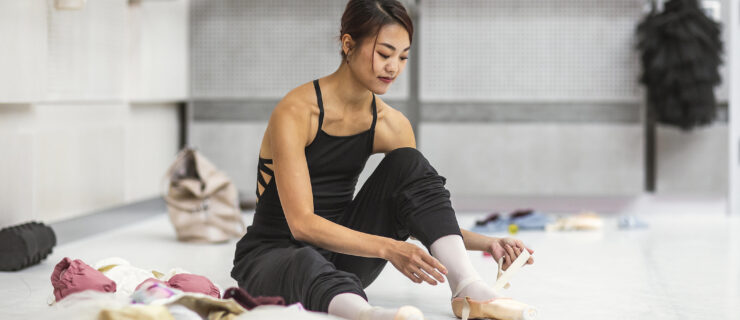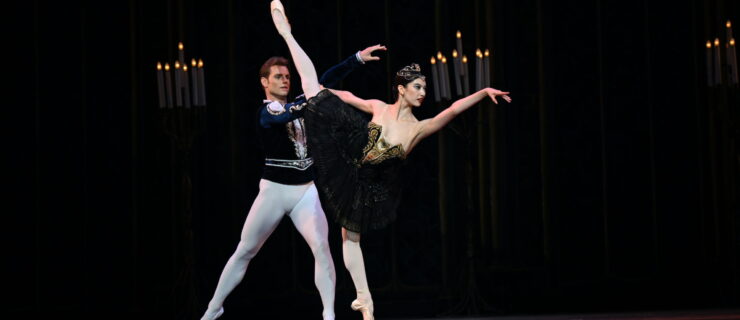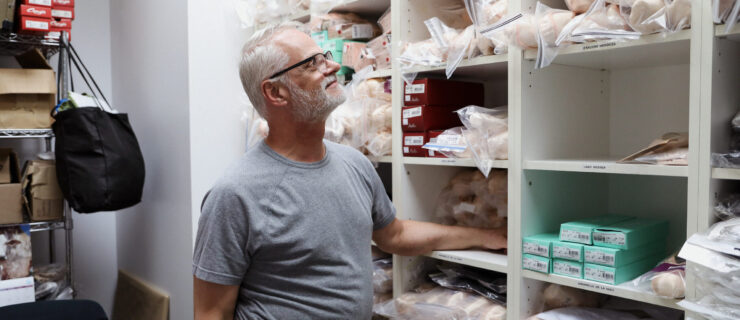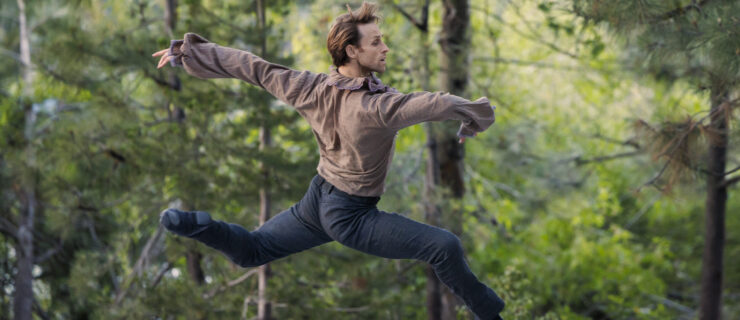A New Delight
I went to see New York City Ballet on Saturday night, and was introduced to Balanchine’s absolutely delightful Cortege Hongrois. There are so many reasons why this ballet is great, but the three aspects I enjoyed the most are the deceptive simplicity of the choreography, and the soloists Ana Sophia Scheller and Savannah Lowery, who were in the lead ballerina roles.
I think that Cortege is one of those ballets in which Balanchine is at his most classical, and in my opinion, those are the ballets (like Theme and Variations and Symphony In C) in which you can really see why he was such a revolutionary. The ballet opens with the dancers from its two groups (one in tutus and pointe shoes and the other in Hungarian-inspired costumes and character boots), entering and parading grandly around the stage to Glazunov’s beautiful music from Raymonda. From our seats up in the second ring, Balanchine’s hallmark inventiveness was immediately apparent not only in the patterns that the dancers formed, but also in the marked simplicity of the steps the used to make them. They were simply walking steps, with a few sautes thrown in, and I admired the choreographer’s bravery and insight in knowing that beautiful patterns executed in graceful walks was enough to please an audience. The first few entrances of the corps girls in the Tutu section are also evidence of this, as they performed the basic classroom “across the floor” combination of saute-faille-glissade-assemble, letting their SAB technique shine in their tight fifths and sharp glissades. This ballet really showed the corps at their best, and it was great to see such beautiful examples of the technique they are immersed in.
Ana Sophia Scheller is a ballerina I haven’t seen much of, but I’ve read a lot about her, and was looking forward to seeing her perform. She did not disappoint, especially in her solo. She’s got beautiful extension and feet, and a sense of steely control mixed with pliancy that I loved; this was clearest in her smooth, deep bends to the side as she plied in coupe on pointe, and in the generosity of her port de bras as she moved through intricate bourree patterns. We all know how hard it is to keep those legs and feet precise, while still allowing our upper body its freedom. I think, though, that she could have expanded still more to fill the stage (though to be fair, she is quite petite), and I’ll definitely be watching to see how she develops.
I was absolutely delighted with Savannah Lowery as the leader of the Hungarian group, as well as Ask La Cour, her partner (so cute!). A tall, strong woman, she fairly vibrated with energy, and her sunny presence lit up the stage as she bounded through the joyful folk dance-inspired steps. She led her corps nobly, like a mistress of ceremonies leading a parade, and with the same sense of revelry and spirit. Her open, lifted chest and the wide reach of her arms (which her rather fussy costume could not conceal) reached every corner of the theater. The mazurka and czardas steps were performed with total conviction and precision, and seemed like second nature to her. The stylistic contrast between this group and the more classical one made for a wonderful effect, and I have to say, I can’t wait to see this ballet again.





